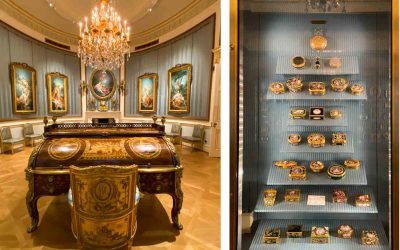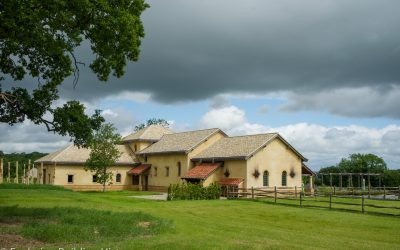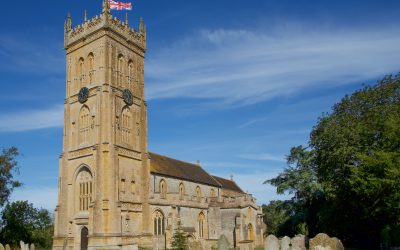The Game of Fives in South Somerset
The game of fives became a popular sport in South Somerset from the mid-18th C. There are churchwarden accounts that record the problem of fives being played against church towers. One way around this was to construct purpose-built fives walls. These were mainly built...
The Hazards Facing a Country Gentleman Visiting London in the Late 18th Century
Last week I caught an early train to London to visit a few places. I travelled into Paddington and then walked to the Wallace Collection in Hertford House, Manchester Square, W1. I ambled as the gallery does not open until ten. I reflected on the relative safety of...
Villa Ventorum at The Newt Part 2: Differences between the Roman Villa & The English Elite Country House: Heating, Bathing, and Porticos
Following the development of the elite country house from the medieval period onwards, it is evident there is a discontinuity in architectural function from the Romano-British culture. The break is the influence of Anglo-Saxon culture, who have a preoccupation with...
Villa Ventorum at The Newt: A Roman Estate Reimagined – Part 1: Looking at the exterior
I recently visited the reconstructed Villa Ventorum at The Newt near Castle Cary in Somerset. It is an amazing reconstruction, and great museum. As part of the visit, you can taste Roman food, use a Roman loo, and experience the villa through a virtual reality suite....
The Somerset Medieval Church: Bells & Cockerels
I find myself increasingly noticing and enjoying the sound of church bells, whether it is the local bell ringers practicing, the time of day, or they are ringing out joyously for a wedding. The height of many church towers means that they can be heard across the...
The Somerset Medieval Church: Perpendicular Towers, Parapets & Pinnacles
Parish churches in Somerset appear to get an overhaul during the Perpendicular period from c. 1360 to c.1540. This coincided with the rise of wealth in the county. The woollen cloth trade produced a new class of aspirational and wealthy families. Although my evidence...
Exploring Building History
Exploring Building History is a non-commercial site. It is my own personal musings on architectural history. There is wealth of built heritage in England, and as I explore and think about what I see, I post my reflections on this site.






